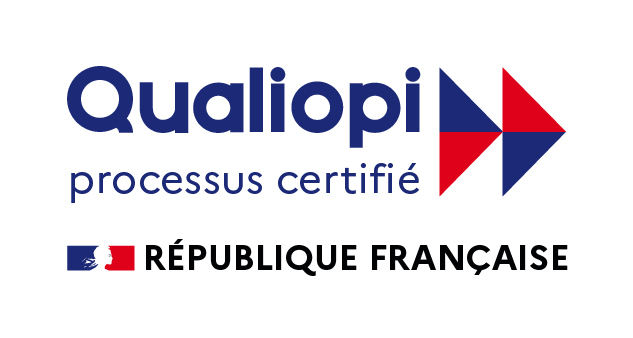How can neuroscience help your leaders make the right decisions?
1) No, decision-making is not "rational"!
First and foremost, we need to overcome a preconceived notion inherited from Descartes. All “rational” decision-making is not really rational, but results from the interaction between the cognitive and the emotional, which combine and complement each other!
At the cognitive level, it is the PREFRONTAL CORTEX which allows us to evaluate several options¹. At the emotional level, the AMYGDALES, l’INSULAor the ENTERIC NERVOUS SYSTEM² (our brain in our belly) among others, which send emotional signals, and inform the decision based on past experiences and the current context, for example.

In a more dynamic vision, psychologist Daniel Kahneman shows that two systems coexist to make a decision³:
- SYSTEM 1 is fast, automatic and relies on biases or “mental shortcuts” to make decisions;
- SYSTEM 2on the other hand, is slower, more deliberate and analytical.
This has enabled us to identify over 180 cognitive biases involved in economic and business decisions.

Proportion of system 1 and system 2 involvement in sentimental and professional life choices. System 1 is significantly more involved in the sentimental domain (M = 5.3) than in the professional domain (M = 4.7), while System 2 is significantly more involved in the professional domain (M = 5.3) than in the sentimental domain (M = 4).
2) Making the "right" decision: a question of balance
Whether our emotions intervene for better or worse in decision-making, researchers agree on one thing: we need to aim for a balance between emotional signals and cognitive analysis⁴. In other words:
-
- OR TOO LITTLE EMOTION: This means that if lesions are present in brain regions involved in emotional processing, researchers have shown that gains and risks cannot be properly assessed – even if cognitive abilities are intact.
- NOT TOO MUCH EMOTION: When we’re overwhelmed by emotion, our automatic mode and prejudices take over our ability to reason. Daniel Kahneman has highlighted the cognitive bias of loss aversion: humans tend to consider a loss more important than a gain, on the order of 2.5 times more. In the context of economic decision-making, this translates into less risk-taking for fear of losing our investment. This discovery earned Kahneman the Nobel Prize in Economics in 2002.
We might as well face up to the fact that major decisions, whether taken in the private sphere or at work, are the result of our emotions and cognition. It’s up to us to find the right dose in each specific case!
3) We have the power! We need to step back and become self-aware
NeuroTip #1: Cultivate your position as a meta
Houdé says ⁵-⁶the brain is equipped with an INHIBITORY CONTROL SYSTEM which helps individuals to overcome automatic responses and focus on relevant information. This inhibitory control system is particularly important for high-level cognitive processes such as PROBLEM-SOLVING AND DECISION-MAKING.
It’s clear that by being more aware of our biases and emotions, we have the power to regulate the balance between emotions and cognition in decision-making. It’s even a region of the prefrontal cortex that develops, as can be seen on brain imaging!
When it comes to making an important decision, take a 5-minute break from your Excel spreadsheets and ask yourself: what’s driving me to make this decision? What do I fear losing?
NeuroTip #2: Decide as a team and adopt the right method!
Team decision-making helps to develop perspective and reduce bias. At least if certain conditions are met.
Researchers have tested various hypotheses about what makes team decisions effective⁷and they show that the best decisions are made if we MAXIMIZE SHARING within a group: sharing expertise, positive and negative feedback, even responsibilities.
Need to decide on an investment, a major team change or the launch of a new product range? Follow the 5 golden rules of shared team decision-making:
EXPERTISE
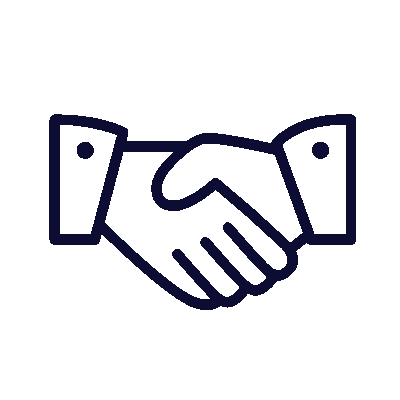
Ask at least two experts to carry out the analysis in parallel, to get a more complete picture of the problem and possible solutions.
CHALLENGE
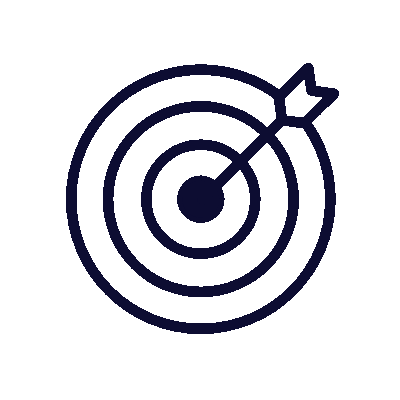
Explicitly allow everyone to question the assumptions and prejudices of experts, thereby reducing the risk of error.
BALANCE
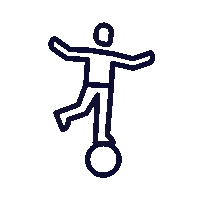
Share responsibilities and workloads to reduce pressure on individual decision-makers.
POSITIVITY
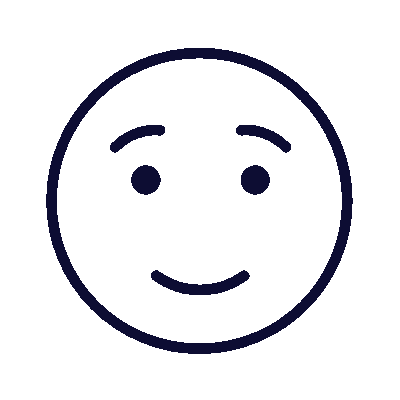
Engage everyone to provide emotional support and positive feedback, improve group morale and motivation, and reduce the risk of groupthink.
FEEDBACK

Quickly review the decision-making process to improve overall team performance.
NeuroTip #3: Showcase your talents through games and neuroscience
Experience and train your self-awareness, emotions and cognition with our Omind Neurotechnologies programs.

BONUS: " ETHICAL" AND "INFORMED" DECISION-MAKING
A good example comes from neurobiologist Francisco Varela⁸ who, in his book What knowledge for what ethics? explains that the right level for making “wise” decisions would be at the point of balance between a RATIONAL AND REFLECTIVE APPROACH (system 2) and automatic AUTOMATIC, INTUITIVE AND PERSONALIZED DECISION-MAKING (system 1).
This equilibrium point would be shifted slightly towards system 1, allowing decisions to be made quickly without too much energy, but would not be too biased.
Varela gives the example of a chess player who plays without being “conscious” of all the mechanisms involved in identifying the best move to make. But after playing, he is able to rationally explain why he made that particular move.

